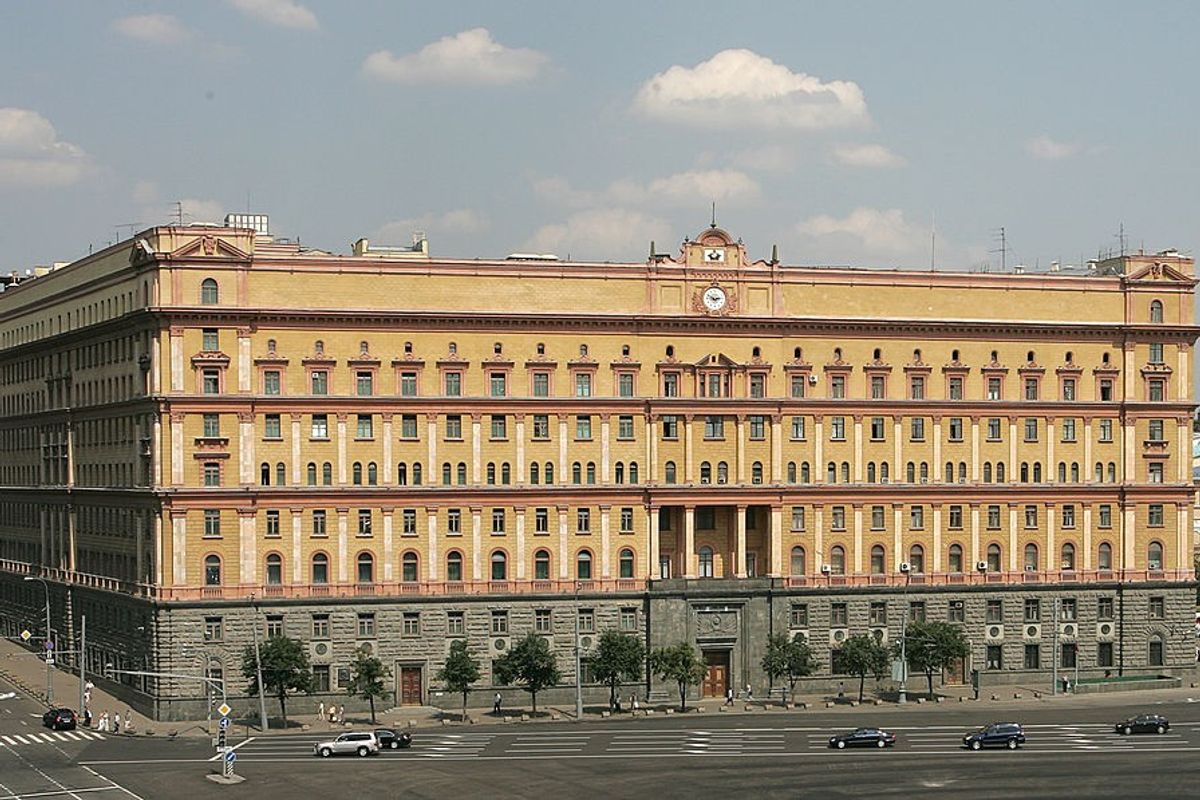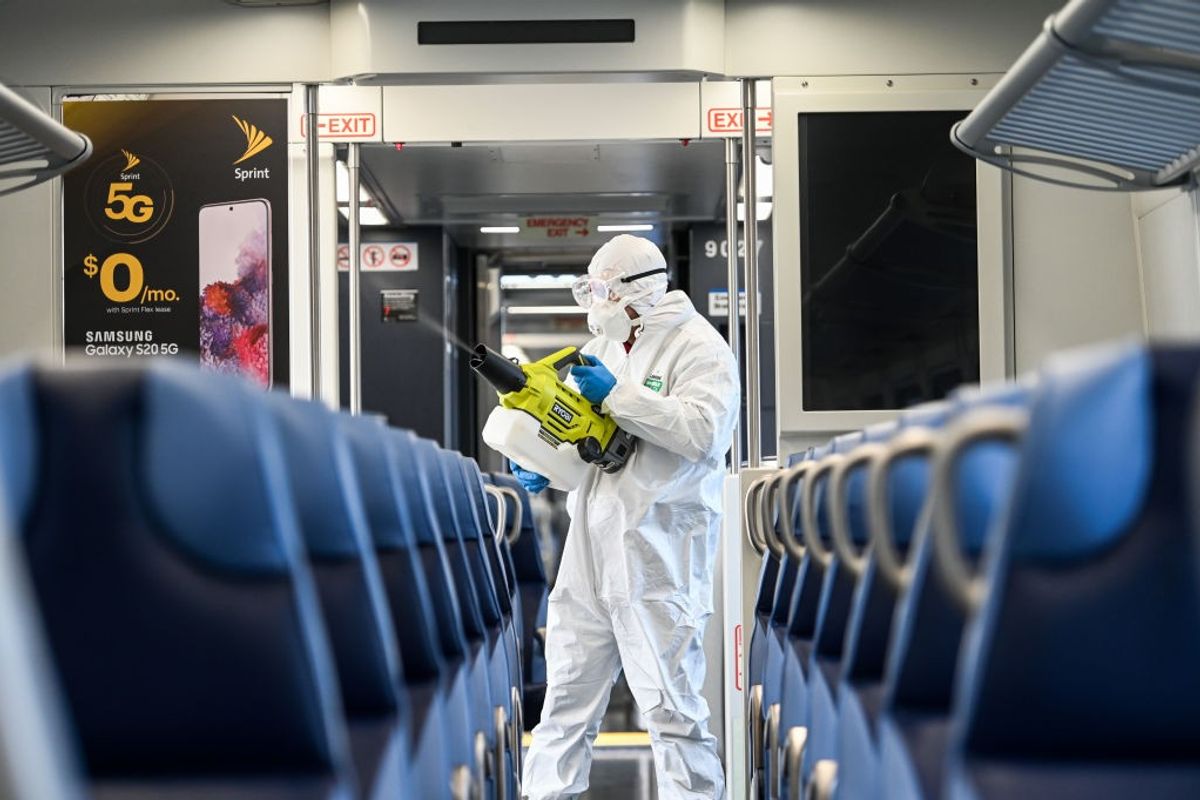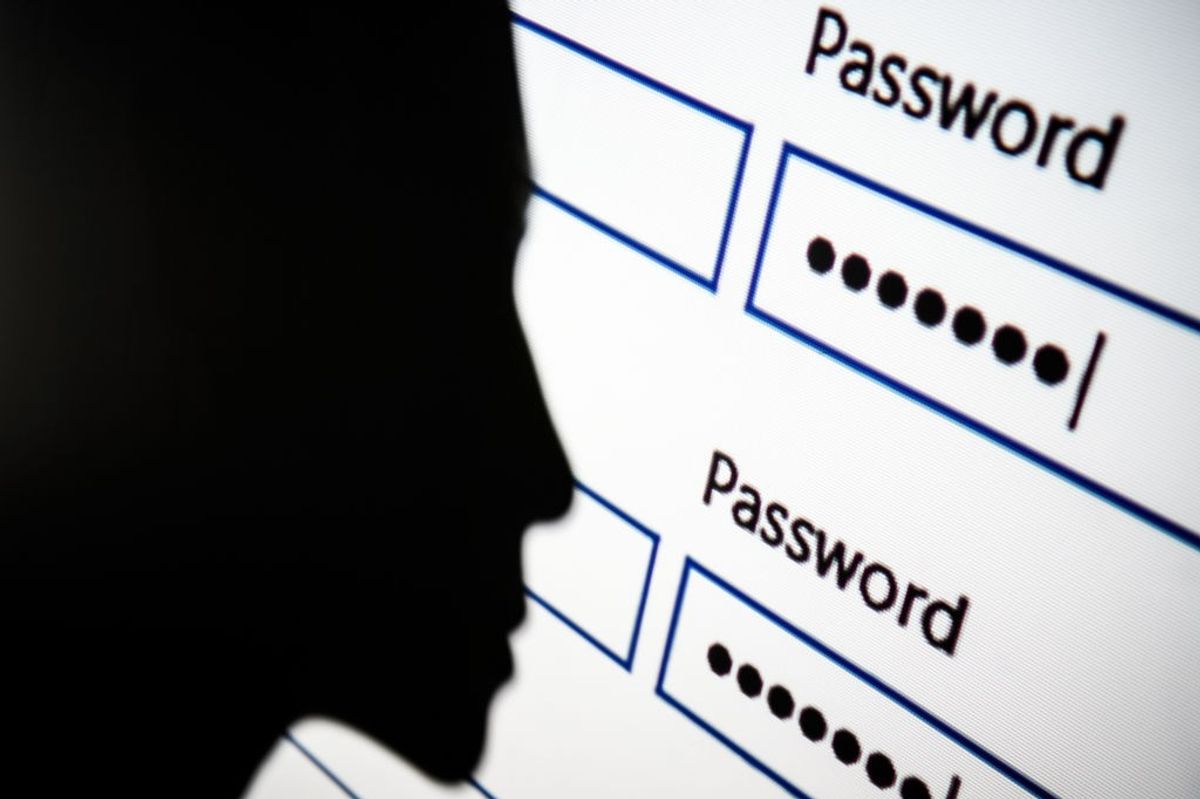OPINION — The United States stands at a crossroads, facing threats as insidious as they are immense.
State-sponsored espionage, led by China, seeks not just to undermine our nation’s economic and technological prowess, but to erode the very foundation of our society. The United States has certainly been the sustained target of hostile state espionage in the past, most obviously during the Cold War. The nature, scale, magnitude, and relentlessness of these efforts by China today, however, are something our nation has never experienced. We now confront a shadowy conflict, a battle waged not with tanks and planes, but with stolen technologies, infiltrated cyber networks and supply chains, whispered alliances with think tanks, and covert agents in classrooms and corporations.
In the heartland of America, in towns like Ann Arbor and Raleigh, young men and women—students and scientists—are conscripted, knowingly or not, into a clandestine battle. A quiet infiltration unfolds: five students from the University of Michigan arrested for photographing military installations at Cam Grayling; a former University of Minnesota student caught taking drone footage over Langley Air Force Base in Virginia. Chinese students at George Washington University, in the heart of our capital, publicly proclaiming that they are under “a specter of fear” and “systemic repression” by Chinese Communist Party minders on campus with no apparent response from the university or law enforcement.
The Chinese Communist Party (CCP) conducts espionage against the United States using a military-civil fusion “whole of society” approach. It uses all available resources, means, and people, to steal intellectual property from our nation. It is not content to target military secrets or political views; the CCP also sets its sights on the innovations and ideas that power our businesses, research institutions, and economy. Trade secrets, groundbreaking research, and leading talent are all in the crosshairs. This is not an isolated problem; it is a storm gathering, sweeping across our universities, companies, and communities. And yet, here at home, it seems barely a ripple has registered.
Fighting yesterday’s battles
Our government knows the threat. Intelligence officials have sounded the alarm. Back in September 2022, the Senate Intelligence Committee declared, bluntly, that our counterintelligence system was broken and not equipped to counter the whole-of-society threat we confront today. Our defenses are designed for yesterday—battles that pit nation against nation in open warfare, spies targeting government secrets, not battles that require a vigilance of the mind and the constant protection of our intellectual and technological lifeblood. Our counterintelligence model is not built for what may be termed 21st-century gray-zone espionage.
The CCP’s whole-of-society espionage offense requires, almost as a matter of definition, us to mount a whole-of-society defense. Anything else would be like fighting with one arm tied behind our backs. This is why the U.S. National Counterintelligence and Security Center advocates for an “all-of-society” approach, which recognizes that this threat cannot be met by government action alone. It calls for a new alliance, a partnership uniting government, industry, academia, and citizens in a common defense.
To bring to life what is happening in industry on a daily basis, consider the recent story of a researcher at a Fortune 1000 company. She resigned, citing the need to help family in China. But as she prepared to leave, enhanced corporate monitoring revealed a truth more chilling: she had been in regular contact with Chinese government agents, slowly siphoning off sensitive information from the company. This was not an act of betrayal by a single individual; it was part of a systematic, coordinated effort by a foreign government intent on dismantling our defenses and acquiring our crown jewels. Although her case is not public – it pertains to a client of the strategic intelligence firm Strider Technologies – stories like hers are more common by the day, from engineers at Apple to those at Tesla. Chinese intelligence operatives have even stolen the secret recipe for the white filling in Oreo cookies.
Avoiding anti-China discrimination
None of the above is about being “hawkish” on China. It is about dealing with uncomfortable facts. It is also imperative that a new US counterintelligence strategy does not discriminate against Americans who happen to be of Chinese heritage. Of course, there are serious risks of this happening. The Federal Bureau of Investigation’s “China Initiative” was criticized for being discriminatory against Asian Americans. The best way to prevent this happening, to avoid a new McCarthyite scare, is for the new U.S. counterintelligence strategy to be transparent, not secret, and publicly scrutinized across civil society. Unlike in China, here in the U.S. the balance between security and civil liberties must be publicly debated and determined. The hard ugly truth that we must all contend with, however, is this: the CCP targets Chinese diaspora populations in the United States, often using blackmail and coercion, to steal U.S. intellectual property and conduct espionage.
An expanded counterintelligence model is vital to our national security and democratic ideals. Take, for instance, the critical role AI now plays in defense strategy. No longer are we reliant on human analysts, which we lack in numbers and skill to meet the challenge; machines can now parse through vast data sets, deciphering patterns of potential threat activities. This type of technology offers the potential for a systematized counterintelligence capability with rapid identification of tradecraft, like a threat actor scanning the internet for information on sensitive sites.
Open-source intelligence is the fuel of this new capability and stands as a modern-day bulwark. News articles, public records, social media—what once seemed trivial has become a rich vein for enhancing our collective security. AI can comb through these sources, identifying risks before they materialize, allowing our agencies and private companies to act proactively. In 2017, the Office of the U.S. Trade Representative estimated that China steals $250-$600 billion in U.S. intellectual property a year, though in reality, as has recently been pointed out in these pages, this is likely a gross undervaluation of the true scale of Chinese intellectual property theft, which may be greater than $1 trillion a year. Still, to put the figures of $250-600 billion in perspective, that’s the equivalent value of a Nestle and a Walmart in terms of market capitalization. The innovation seeds of our future are being harvested by China. But with new tools at our disposal and a collaborative counterintelligence model, our vigilance can be proactive, actionable, and integrated into the fabric of our daily operations.
From quantum computing to autonomous vehicles, our most precious technologies are on the frontlines. In boardrooms across the country, executives must recognize, and many are, that they are not just business leaders—they are at the front line in a global battle for supremacy. Yet, how can we expect companies to stand guard against such a sophisticated adversary alone?
Building a new model
A new counterintelligence model for the 21st century requires a framework that unifies industry, academia, and government under a common purpose. One that calls upon the innovation of the private sector, the resources of our government, and the resolve of the American people. Our adversaries are leveraging open-source data and the latest advancements in AI. And so must we. The US intelligence community is adopting the use of AI, but the cutting-edge development and use of AI lies not with government agencies, but the private sector. Our private sector innovators are developing intelligence capabilities that can match those of nations, wielding AI and data analytics to safeguard our interests.
The U.S. and our allies are not going to use the same troubling model as our adversaries. Instead, our approach must be marked by cooperative partnerships between the public and private sectors. Sometimes, these organizations will act in concert. Other times, they will act independently with U.S. and allied interests in mind.
The goal will be to counter the threats posed by our adversaries and help organizations make better decisions at a moment when the world is more dangerous than any time in recent decades. Strategic objectives include:
- Protecting talent working in our corporations, research labs, and universities from targeting by foreign state actors.
- Safeguarding the research, innovations, ideas, and data of the private sector and academia.
- Enhancement of supply chain security to protect critical components and technologies from tampering, compromise, and exploitation.
- The protection of academia and other research institutions to ensure that the U.S. remains the leader in global scientific collaboration that advances our collective societies, while reducing the risk of misappropriated dual-use technology or know-how from falling into the hands of our adversaries.
- The creation of a unified legal framework for investment screening and export control to mitigate risk injected into our economic and financial systems by our adversaries.
Most in government are clear-eyed about the threat. Now it’s up to public and private sector leaders to develop norms and procedures to turn this model into reality. At its core, this enhanced collaboration should foster a united coalition around the democratic ideals we hold dear.
It is not an exaggeration to say that our future sovereignty and prosperity depend on it.
Read more expert-driven national security insights, perspective and analysis in The Cipher Brief because National Security is Everyone’s Business














